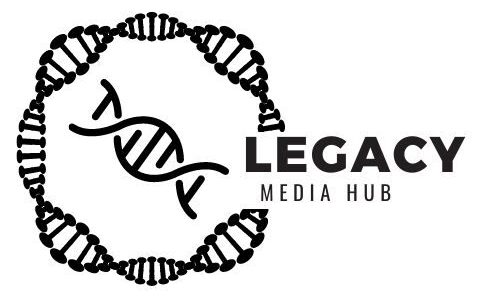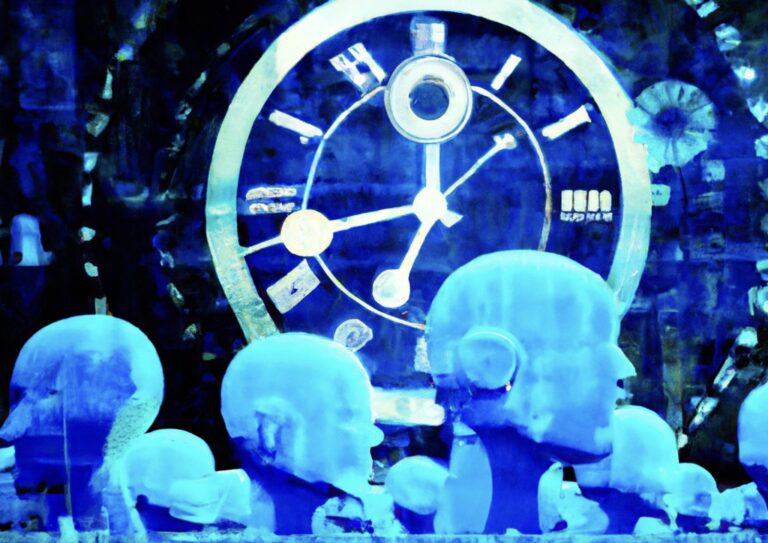The fear of Artificial Intelligence (AI) taking over creative jobs has now become a reality for many artists, designers, photographers, authors, actors, and musicians. With the advent of AI technologies like GPT-4, creative industries are fighting back through collective campaigns, lawsuits, international rules, and IT hacks to protect their original work and livelihoods.
Many people, me included welcome the next wave of AI time saving technologies. Although as I posted on Facebook the other day, independent thinking is something that people still need to do. Without this we will just become a slave to the AI…
So what is the story with AI?
AI-generated content is growing rapidly, with generative software producing images and data-derived artwork, posing a genuine threat to photographers and designers. In response, many visual artists and image agencies are “opting out” of allowing their work to be farmed by AI software in a process called “data training.” They are also posting “Not AI” signs on their social media accounts and web galleries.
Musicians and composers are also at risk, as AI innovations like Jukebox threaten to replace their creative efforts. Digital voice-cloning technology is putting narrators and actors out of work as well. The creative industries are now more determined than ever to resist AI’s intrusion into their domains.
The opt-out movement is gaining momentum, with tens of millions of artworks and images being excluded in recent weeks. However, the challenges of tracing content and protecting intellectual property remain. AI’s advances into the creative world have arrived largely due to the vast amount of data available on the web for harvesting, causing alarm among creatives who feel their livelihoods are under threat.
As AI technology continues to advance, the creative industries are banding together to protect their jobs and original work. Artists and writers who are losing out to AI are speaking out against the technology, sharing their sense of violation and the need for smarter laws and protections.
As 2023 unfolds, it is crucial for the creative industries to continue looking for new ways to make money as the second wave of AI creations hit the streets. The hope is that, with determination and collaboration, human creativity will endure and prevail against the threat of automation.
Which White Collar Jobs Are At Risk From AI
As AI and automation technologies advance, many white collar jobs are at risk of being disrupted or replaced. While AI has the potential to increase efficiency and productivity, it also raises concerns about job displacement. Some white collar jobs that are under threat include:
- Data entry clerks: Automated data entry and data processing systems are becoming more sophisticated, reducing the need for manual data entry jobs.
- Administrative assistants: AI-powered virtual assistants and scheduling tools can perform many administrative tasks, such as managing calendars, booking meetings, and handling basic communications.
- Customer service representatives: Chatbots and AI-powered customer service tools can handle a wide range of customer inquiries, reducing the need for human representatives.
- Loan officers: AI-driven algorithms can analyze credit scores, financial histories, and other relevant data to determine loan eligibility and assess risk, which could replace some loan officer functions.
- Accountants and bookkeepers: Advanced AI software can automate various accounting tasks, such as tax preparation, auditing, and financial reporting, potentially reducing the need for human accountants.
- Market research analysts: AI-driven tools can analyze large datasets to identify market trends, customer preferences, and sales patterns, potentially reducing the demand for human market research analysts.
- Paralegals and legal assistants: AI can help with legal research, contract analysis, and document review, automating some of the tasks traditionally performed by paralegals and legal assistants.
- Human resources personnel: AI can automate several HR tasks, such as resume screening, candidate evaluation, and even conducting preliminary interviews through chatbots.
- Retail salespeople: E-commerce and AI-powered customer service tools can provide personalized shopping experiences online, reducing the demand for in-store salespeople.
- Journalists and reporters: AI can generate news articles, especially those focused on data-driven topics like financial reports or sports results, which could threaten some journalism jobs.
It’s important to note that while AI may replace certain jobs, it can also create new opportunities, as the demand for AI-related skills and jobs will likely increase. Workers can adapt by focusing on developing soft skills, like creativity, critical thinking, and emotional intelligence, which are more difficult for AI to replicate
If you are perhaps a Luddite it may be time to take a long hard look in the mirror and think about where you are heading in life and how you may be able to adapt to find a solution.
Your comments are welcome and opinions respected.
Thanks to the Guardian for spurring some of my thoughts on this.

